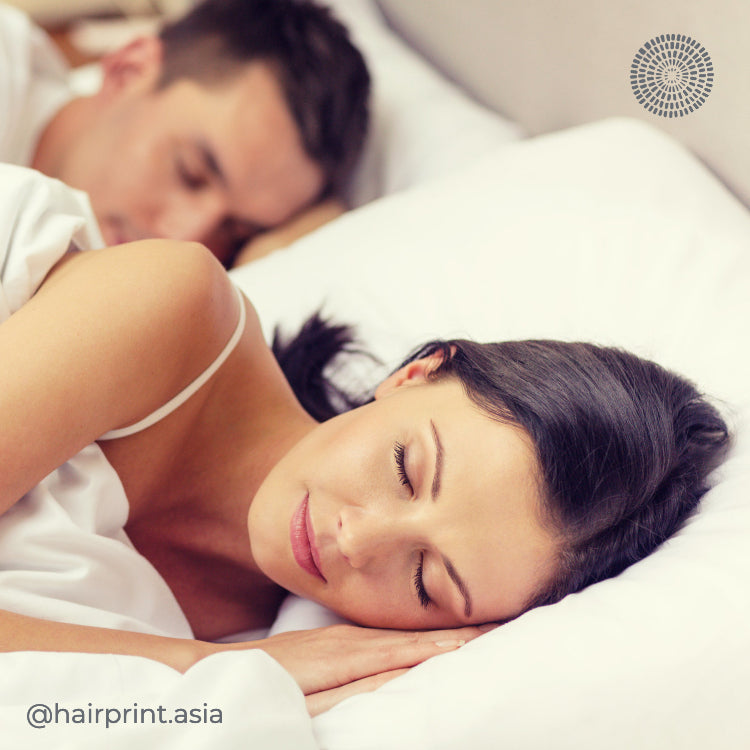What You Should Know Before Using Henna
 Women have been experimenting with their appearance for ages to look beautiful, sophisticated, interesting, extraordinary and, what is most important, youthful. In ancient times, they were using herbs and plants, mixing them together for thrilling colors continuing to look younger while covering their grey hair.
Women have been experimenting with their appearance for ages to look beautiful, sophisticated, interesting, extraordinary and, what is most important, youthful. In ancient times, they were using herbs and plants, mixing them together for thrilling colors continuing to look younger while covering their grey hair.
Henna is a plant that grows in the tropical climates of Africa, northern Australia, and southern Asia. It comes from a small tree which green leaves contains a reddish color molecule named Lawsonia Inermis. The leaves are crushed into a powder, then made into a paste using lemon juice or vinegar. The paste is then applied to skin or hair and the Lawsonia Inermis “stains” them in a reddish hue.
While Henna is supposed to be a herbal remedy for a bunch of hair problems unfortunately it is not easy finding real henna. Real henna is devoid of ammonia, chemical substances and toxins, which might harm your skin. However, the market is literally filled with products stated to be henna, but add a number of chemical colors and dyes along with the natural henna in their products. The most common misinformation of all is the color availability in the products. Remember! Natural henna dyes the hair in the red-orange color range only, so no blacks, browns or blondes are not possible!
Henna dyeing takes a lot of time so be prepared (at least 4hrs!!) and the process of applying henna is messy. Henna in known to notoriously stain anything it gets into contact with. So make sure to use old clothes and towels. Immediately wash any drops while still wet, otherwise they will leave stains.
Unfortunately you cannot have a predictable color outcome, as henna is a natural product and works with your natural hair color. That is why you might see varying results on different people’s hair.
If you are expecting an even color distribution, you better not use henna at all. Your roots and hair ends are going to differ from the rest of your hair after dyeing with henna. And, if you have highlights or grey roots, the results might be red and orange strands.
Henna is a permanent dye and it will remain on your hair until it grows out or is cut off. It might take several applications of henna before you reach the desired outcome. As any hair dye, henna sets stronger and deeper with every following application: the color sits on the previous shade and creates a deeper and steadier base.
Removing henna is almost impossible, requires bleaching and the outcome of your hair color after stripping off henna is also unclear. If you switch back to chemical hair dyes, you will need to wait for two to three months after henna, so make sure you are want to try it.







